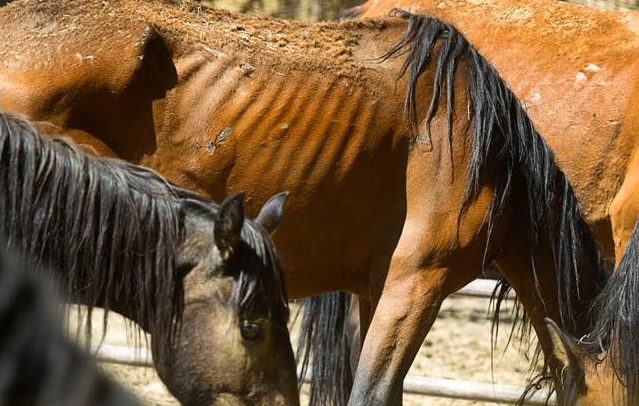The wild horse dilemma is a very emotional issue. Horse lovers, want to expand their habitat, and ranchers and wildlife managers want to contract their numbers. Beyond the emotions are facts. Here are 6 of the most important ones.
Video starring Chad Booth
Fact 1: ‘Wild’ horses are not really wild, they are feral. They are the descendants of domesticated livestock that came to the Americas in the 15th Century and escaped from the Spaniards.
Fact 2: Wild horses and burros are not species native to North America.
Fact 3: While they are protected under federal law, wild horses are not threatened or endangered and wild horse populations are currently at three times the appropriate management level.
Fact 4: If you take all other users off public lands such as ranchers, miners and wildlife, wild horses will still overrun and destroy the range.
Fact 5: Horse birth control is only marginally effective at controlling overpopulation.
Fact 6: Gathering wild horses and putting them out to pasture on private land is bankrupting the Bureau of Land Management (BLM).
Video produced by the County Seat TV
See more from the County Seat TV here:
LIKE the County Seat TV on Facebook
To find out more about the wild horse crisis, go to www.wildhorserange.org
[paypal_donation_button]
Free Range Report
[wp_ad_camp_3]




Excellent video and article, just more reason that the best control is local control. BLM has no legitimate or good reason to even exist.
Point number is incorrect. The feral horses came not just from escaped Spanish horses but from other, mush more modern sources. Mares that could not work anymore, but were still fertile, were turned out to pasture and bred by feral stallions. In some cases ranchers and farmers actually turned studs out to improve the local feral population and then would later gather the quality colts. I’ve seen wild horses north of Rock Springs that are distinct from any other Wyoming band that I have seen, and I swear that they are descended from Blue Valentine. Near Mulligan Draw there is a band with a stud that looks like a Skipper W and could stand in my barn anytime.
All of your “facts” are incorrect. The fact is that your group is pro-cattle and pro-slaughter. If anyone wants to read facts about the truth behind the cattle industry’s desire to systematically get rid of all wild horses, please visit: https://www.hanaeleh.org/horses-versus-cattle-truth-behind-grazing-rights/
it would be a good trade off themm we can lessen the cattle if we can eat the horses.. good idea? oh wait you are a “plant-based “person